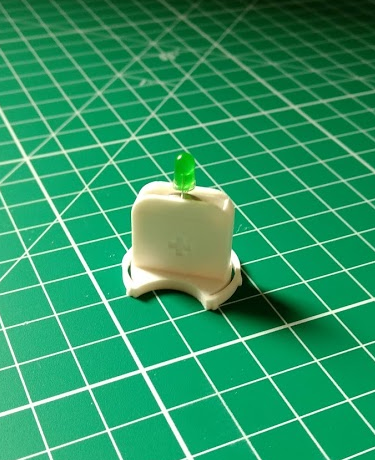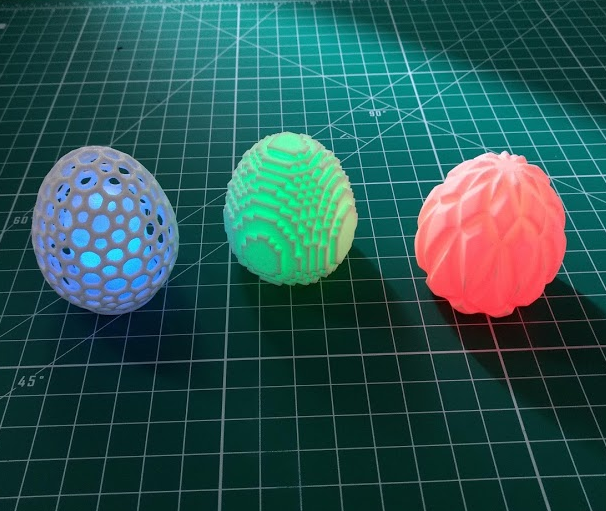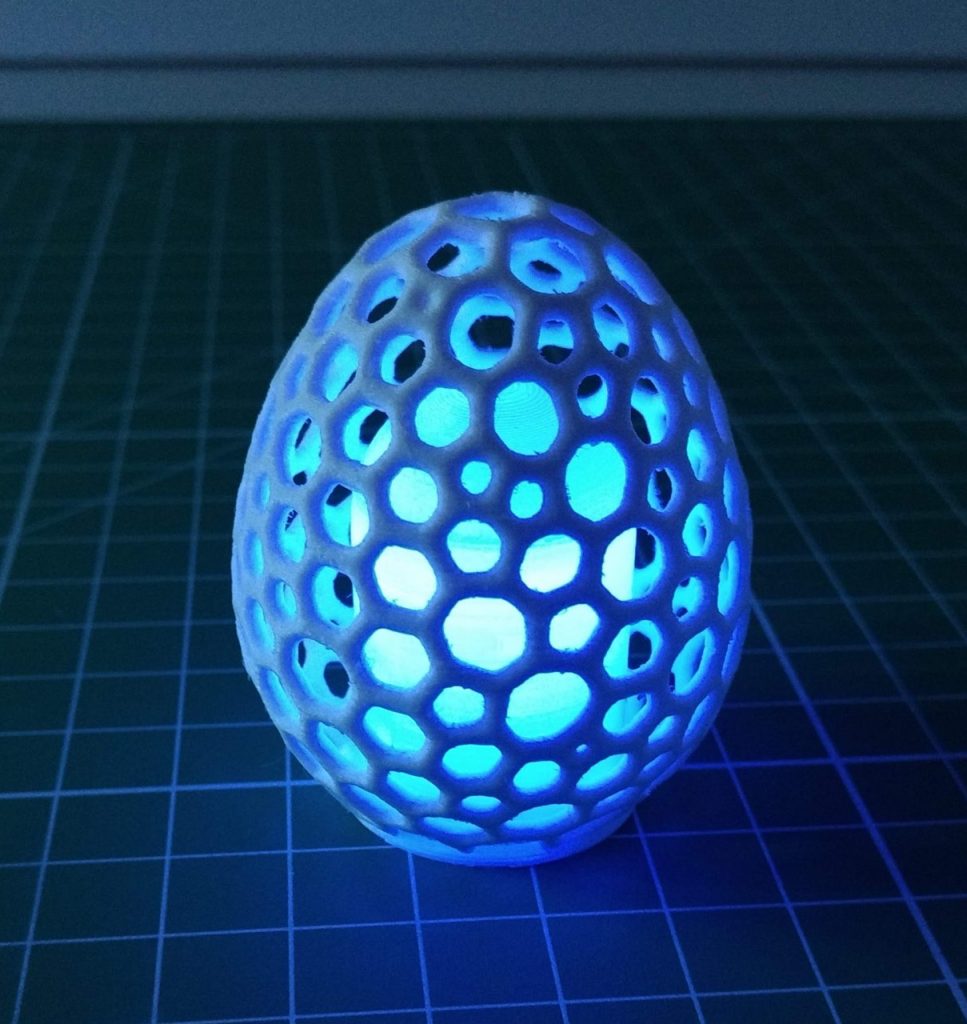I coach Circuit Lab for Division B (Middle School) Science Olympiad. Since I also have a 3d printer my wife forwarded me this link to 3d printing with circuits. I signed up for the class and read it through. It was a great Instructable class describing how to use Tinkercad to create a coin battery holder that you could use to power an LED. You can then use a cavity feature to create a cavity in any item to turn it into an LED project. For this class they created a house using Tinkercad. I thought this would be a perfect project for my Circuit Lab group.
Now that I had the LED/Battery holder I needed a item to install it into. After some searching on Thingiverse I came across a great Easter Egg project by Antonin_Nosek. He has a variety of different egg designs to choose from.
Since I use Autodesk Fusion 360 for design my next step was to get the LED holder files from Tinkercad to Fusion 360. My first attempt was to import the STL of the LED holder into Fusion 360 and then convert it into a solid. This went ok, but resulted in a lower resolution solid than I liked. So, I printed the LED holder and re-drew it in Fusion 360; measuring it with calipers. Having my own copy in Fusion 360 also allowed me to make small tweaks as needed.
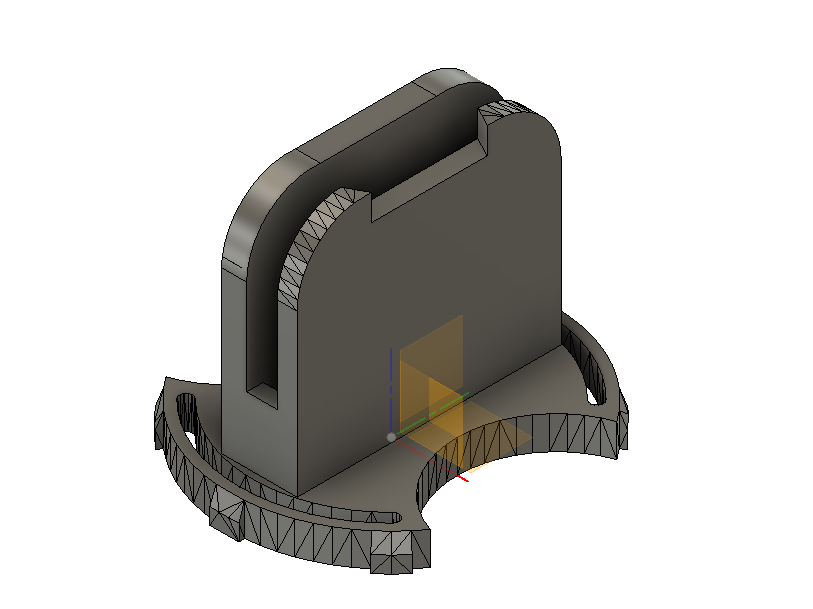

Following the steps from the 3d printing with circuits Instructable, I now needed a cavity solid that I could use to create a hollow area in the eggs that would accept the battery holder. Since I now had a model of the battery holder in Fusion 360 I created my own cavity feature. The general idea is to provide enough clearance for the battery holder and LED. There also needs to be a feature at the base that will provide a snug fit. As you can see, the design of the battery holder has a base with an arched slot on each side. This will allow the sides to flex slightly when inserted into the glow project (in the case an egg). Another feature of the LED holder base is the bosses around the perimeter. These provide enough interaction to hold the LED holder in place, but also allow easy removal.
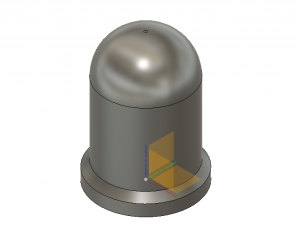
Now that I have a battery holder cavity, the next step is use it to add a cavity to an egg so that it can accept a battery holder and LED. Since I only have the egg STL files I decided to try using Meshmixer. I do not have mush experience with Meshmixer. I’m sure that there may be a better way to do this, but this is what I came up with after some trial and error.
I started with the PATTERN_-_KRAKEN egg. I import this file and an STL of the battery holder cavity I generated using Fusion 360. I then convert both objects into solids using Edit/Make Solid. The next step is to align the battery holder cavity with the bottom of the egg. For this I used Edit/Align and set-up the dialog box as shown below. You then simply left click hold and scribble on the bottom of the battery holder cavity, and then shift click hold and scribble on the bottom of the egg. This will align the two surfaces.
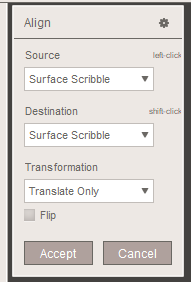

Next I used Edit/Transform to move battery holder cavtity so that it was centered with the bottom of the egg. It helps to change the view in Meshmixer to ‘Bottom’. Once they were aligned I used Edit/Plane cut to cut the bottom of the egg so that it was wide enough to accept the battery holder cavity. While learning about this tool I discovered that you can press the up/down arrow keys and increase/decrease the resolution of the 3d manipulator widget’s snapping grid while dragging the manipulator. Using transform again, I moved the battery holder so that its bottom surface was about 0.5 mm below the bottom surface of the egg. This will ensure the battery holder cuts all the way through the egg. Once the parts were arranged the way I wanted I used the Boolean Difference tool to create the battery holder cavity in the egg. In order to select this tool you must first select both solids. It is important that you select the solid you want to keep first, in this case it is the egg.
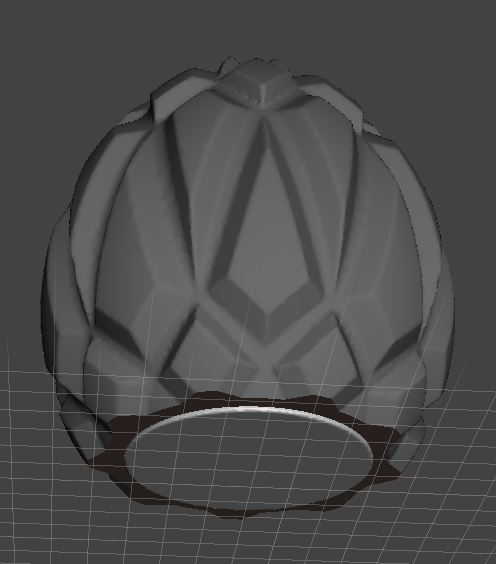
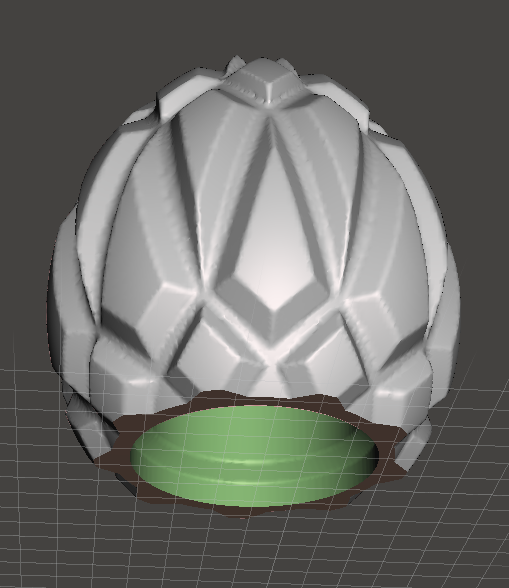
The final step was to hollow the egg. This will allow the light from the LED to shine through. Meshmixer makes this easy with the Edit/Hollow command. I used a wall thickness of 1.2mm since I planned on printing these with a 0.4mm nozzle.
